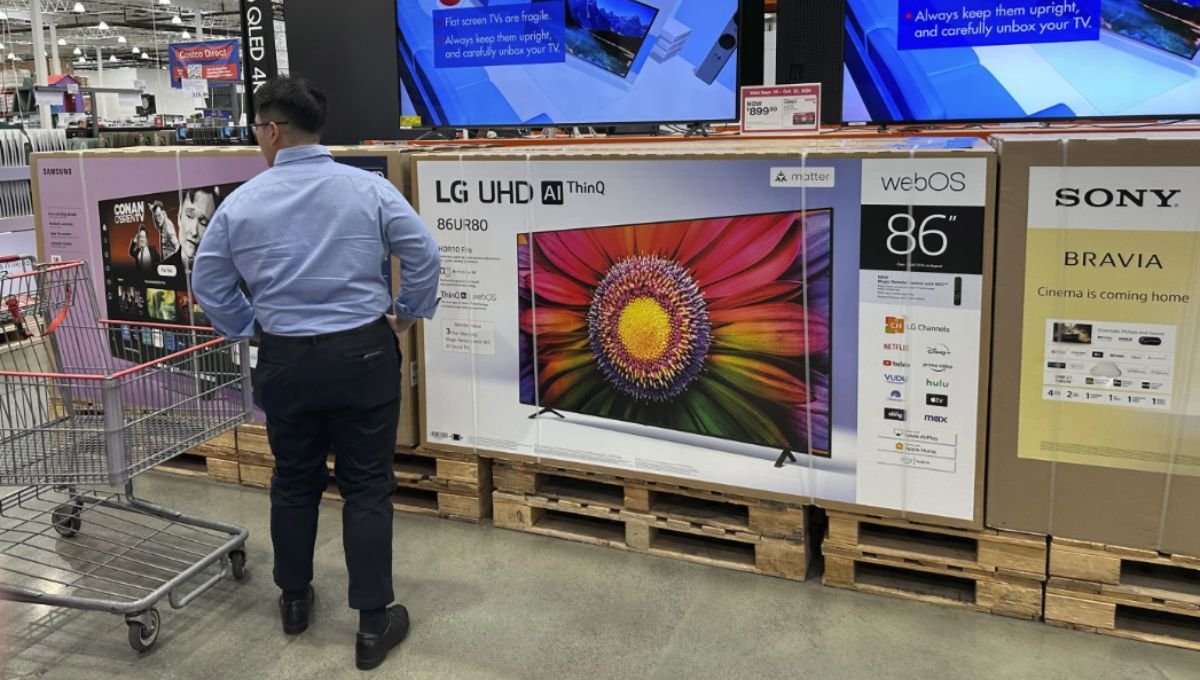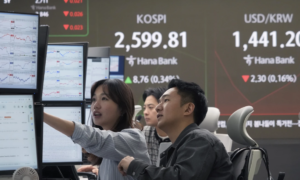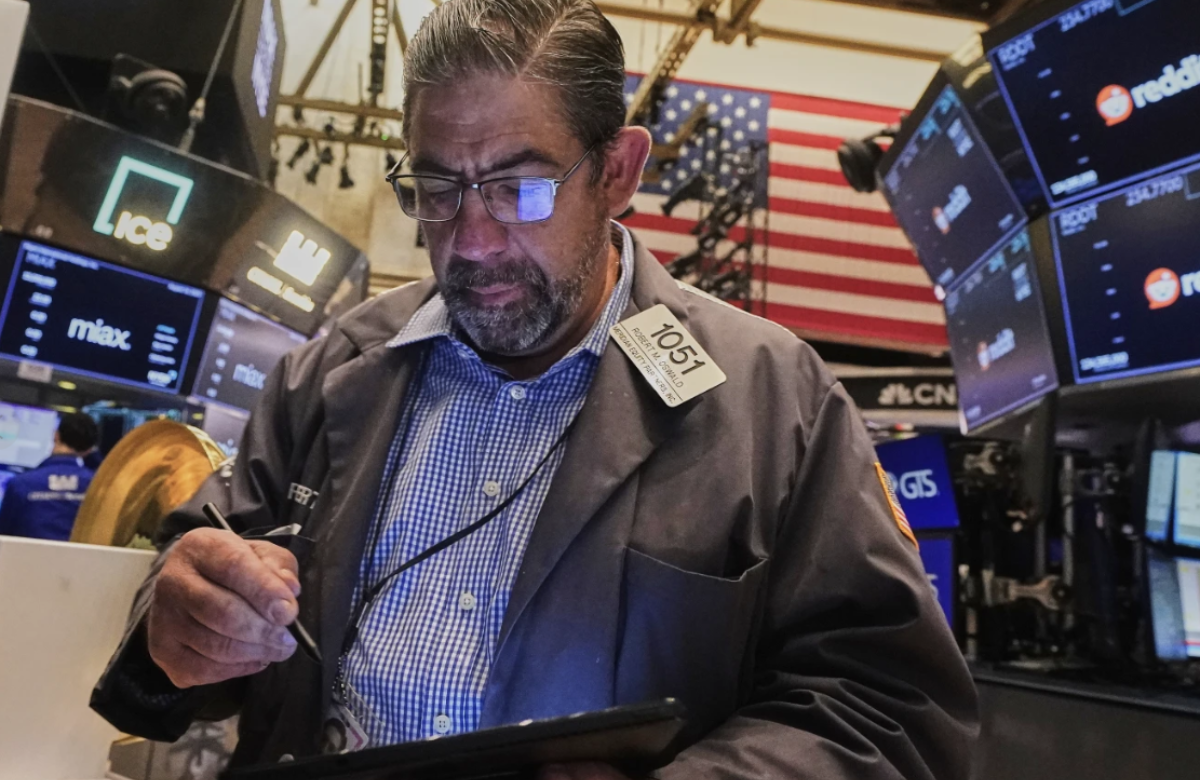A key measure of inflation increased in May, signaling that price pressures remain persistent even as American consumers began to pull back on spending. According to data released Friday by the Commerce Department, prices climbed 2.3% compared to a year ago, up from 2.1% in April. When excluding food and energy, core inflation rose 2.7% year-over-year, slightly above April’s 2.6%. Both figures remain above the Federal Reserve’s 2% target. The Fed closely tracks core inflation as it tends to offer a clearer picture of long-term price trends.
At the same time, consumer spending dropped by 0.1% in May—the first decline since January. Incomes also fell sharply, down 0.4%, but both metrics were influenced by temporary factors. A significant drop in car purchases pulled overall spending lower, as many buyers had rushed to purchase vehicles earlier in the spring ahead of new tariffs. Additionally, a decrease in income followed an earlier one-time boost to Social Security benefits for some retirees, particularly those with past employment in state and local government.
Despite these distortions, the data points to a broader cooling in economic growth. Americans are becoming more cautious, partly due to the higher costs of goods like appliances and electronics tied to tariffs implemented during President Donald Trump’s administration. Consumer confidence has also dipped notably this year amid the turbulent rollout of these tariffs. While unemployment remains low, job growth has been sluggish, making it more difficult for unemployed individuals to reenter the workforce.
Consumer spending increased only 0.5% in the first quarter and has shown little momentum early in the second quarter. In May, spending on services rose by just 0.1%, marking the weakest monthly gain in four and a half years. According to Wilmington Trust’s chief economist Luke Tilley, many consumers aren’t in a strong enough financial position to absorb higher prices and are cutting back on discretionary expenses like travel, dining, and leisure.
In fact, May saw declines in spending on airfare, restaurants, and hotels. Nonetheless, while tariffs have raised prices on some goods, they’ve had only a limited effect on overall inflation. Drops in the prices of items like new cars, airline tickets, and rental housing have helped offset increases elsewhere.
On a monthly basis, inflation remained relatively subdued. Prices rose just 0.1% from April to May—the same pace as the month before—while core prices increased 0.2%, slightly more than expected. Notably, gas prices fell 2.6% during the month.
Economists highlight a few reasons why tariffs haven’t triggered higher inflation as quickly as anticipated. Many businesses front-loaded their imports earlier in the year, stocking up on goods before tariffs took effect. That means many items currently available to consumers were brought in under old pricing.
However, signs are emerging that this may be changing. Nike recently said tariffs would cost it $1 billion this year and plans to raise prices selectively in the fall. Similarly, Walmart announced that customers will begin seeing price hikes during the back-to-school season.
Another factor is that a large portion of U.S. imports consists of raw materials and components used in domestic manufacturing. It can take time for those increased production costs to show up in final consumer prices. Analysts at JPMorgan believe many companies are currently absorbing those added costs, which could squeeze their profits and potentially lead to reduced hiring.
With inflation cooling, attention has turned to the Federal Reserve and its Chair, Jerome Powell. The Fed had aggressively raised interest rates in 2022 and 2023 to combat inflation, which had surged to its highest level in 40 years. Now that price increases are edging closer to the Fed’s goal, some economists and policymakers suggest the central bank could begin lowering rates to more neutral levels.
Former President Trump has often criticized the Fed for not acting more quickly to cut rates, using personal insults aimed at Powell. However, Powell told lawmakers earlier this week that the Fed is taking a wait-and-see approach, preferring more clarity on inflation trends before making any moves. Most other Fed officials have echoed that cautious stance.
Also Read:
US Producer Prices Increase Moderately by 2.6% in May as Inflation Remains Controlled














